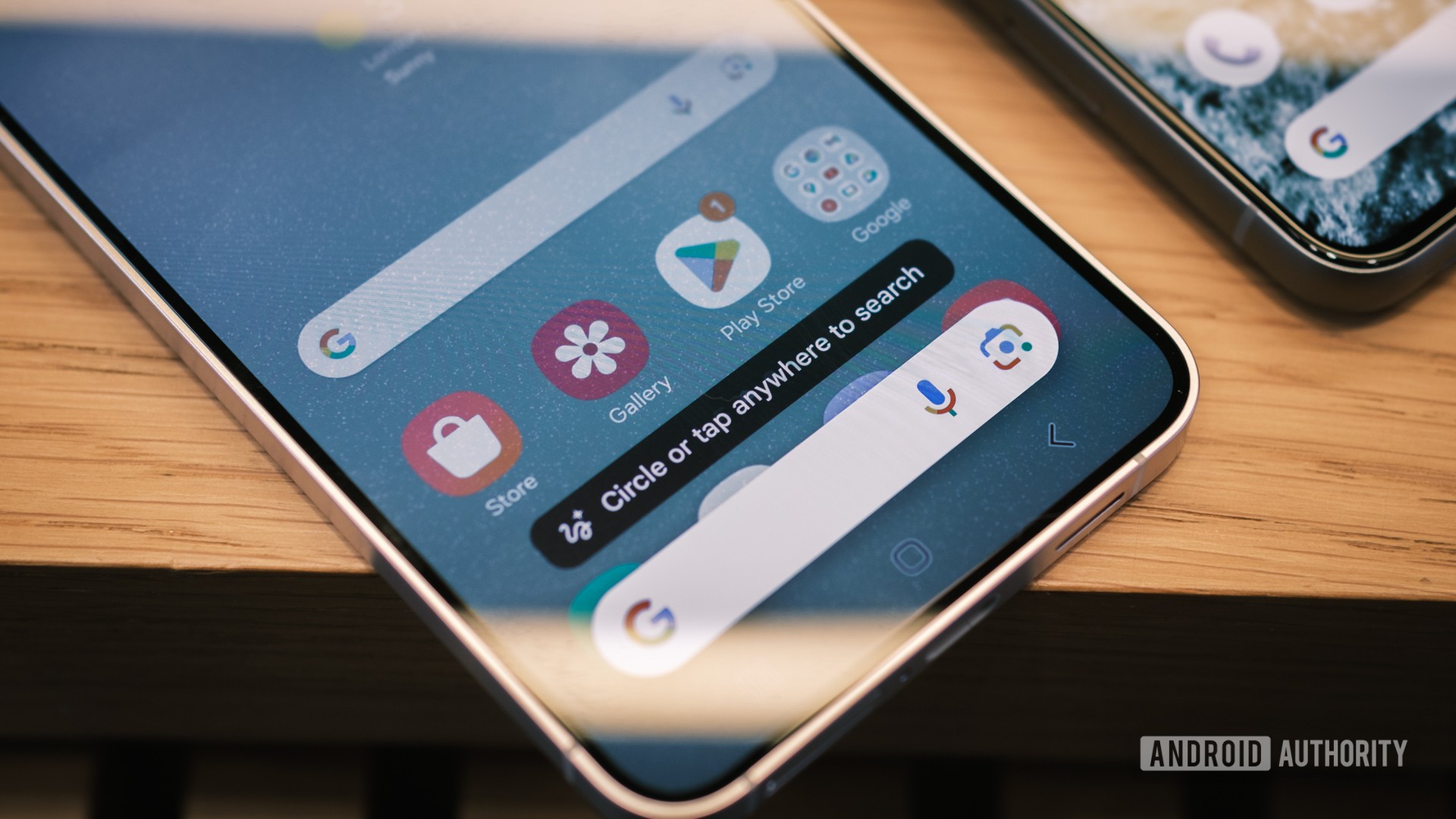-
Huawei will launch its new line of Mate 70 phones on Tuesday.
-
The software and hardware are developed with domestic expertise.
-
It marks a new era of self-sufficiency at a time of technological division between the US and China.
Look no further than Huawei to get an idea of how far apart the US and China are on the road to a second Donald Trump presidency.
On Tuesday, the Shenzhen-based tech giant will unveil a range of new smartphones – the Mate 70 series – that will be the most free from Western software and hardware.
During his first term in the White House, the president-elect took steps to block what he saw as a threat to national security by implementing export controls and an executive order to tighten the Chinese company’s ties with crucial U.S. partners and disconnect suppliers.
The outgoing administration of President Joe Biden continued this approach, meaning Huawei had to look closer to home for chips, operating systems and apps.
This term, Trump will be staring at a Huawei that shows it’s doing just fine without its American suppliers.
On the software side, any lingering remnants of Huawei’s past reliance on Android appear to be dropped from the Mate 70 devices when they launch with HarmonyOS Next, an operating system built to run apps specific to Huawei’s system.
Huawei first launched HarmonyOS in 2019 after branching out from Google’s powerful Android system. Early versions of the platform included code from the Android Open Source Project, but HarmonyOS Next removes it all, making it a product created solely by Huawei itself.
Meanwhile, on the hardware side, Huawei is looking to raise the bar on performance by introducing a new Chinese-made smartphone chip in some of the new Mate 70 models, according to the Wall Street Journal.
A performance jump with a domestic chip would be a big deal. The top version of the Mate 70’s predecessor – the Mate 60 – stunned policymakers last year when its launch showed capabilities that were once only possible with equipment from the US.
The pro model of the Mate 60 is said to have an advanced chipset called Kirin 9000s, designed by Shenzhen-based HiSilicon and manufactured by state-backed semiconductor company SMIC. It gave the phone 5G-like cellular capabilities, according to a teardown by Bloomberg.
The Huawei Mate60.Wang Gang/Getty Images
Together, the advances in software and hardware represent a symbolic moment that shows how little effect Washington’s efforts have had in squeezing a company that Beijing’s mandarins have called a “national champion” since the 1990s .
Bad news for Apple
This growing self-sufficiency does not go unnoticed.
Apple, which considers China its most important international market outside the U.S., has seen iPhone sales in the region suffer as local consumers have gravitated toward aggressively priced devices that give them a sense of national pride.
According to figures from research firm Counterpoint, Huawei had an 18% share of the Chinese smartphone market in the third quarter of this year, while Apple had a 14% share. Depending on the success of the Mate 70 phones, that gap could widen in the coming months.
Apple CEO Tim Cook, in turn, wants to ensure that Chinese consumers remain loyal to the iPhone maker, which has been selling its smartphones there since 2009. This week he will visit the country for at least the third time this year to attend an industry conference.
During his trip, he will be well aware that iPhones face stiff competition in China. In 2009, no Chinese company had an answer to Steve Jobs’ creation, and even if they did, they would have to combine it with American technology. Huawei’s launch on Tuesday could very well change that.
Read the original article on Business Insider








/cdn.vox-cdn.com/uploads/chorus_asset/file/24774110/STK156_Instagram_threads_1.jpg)
